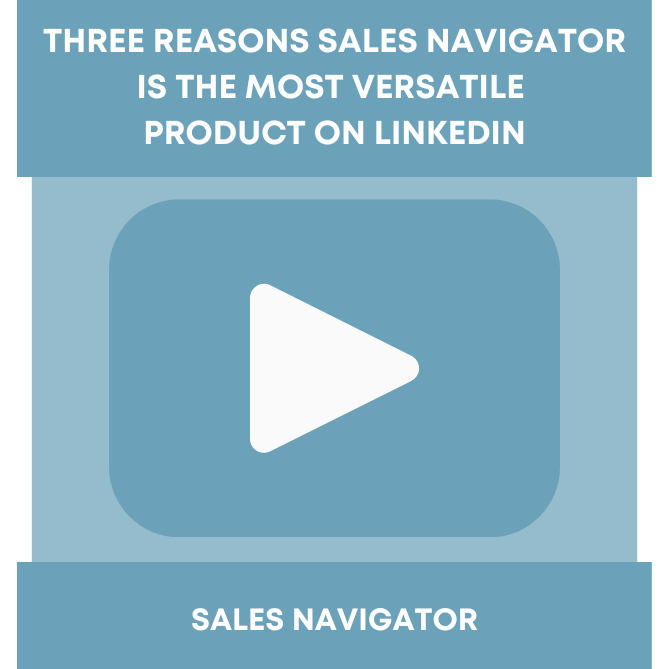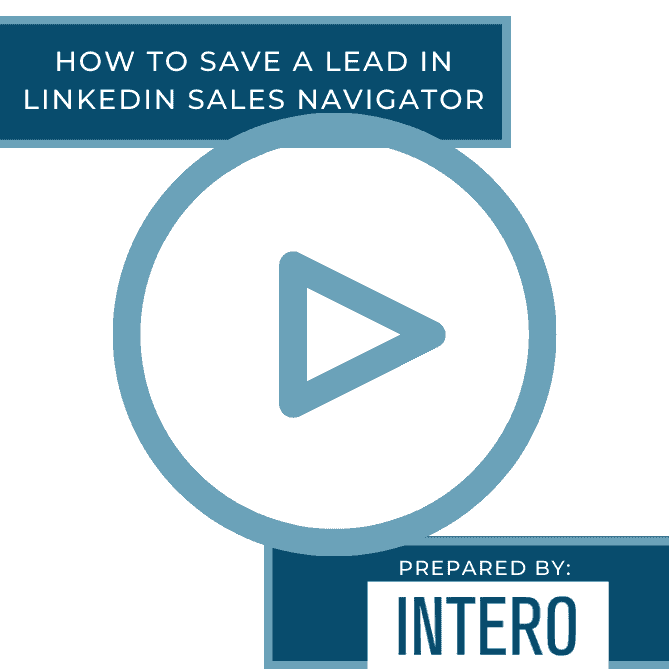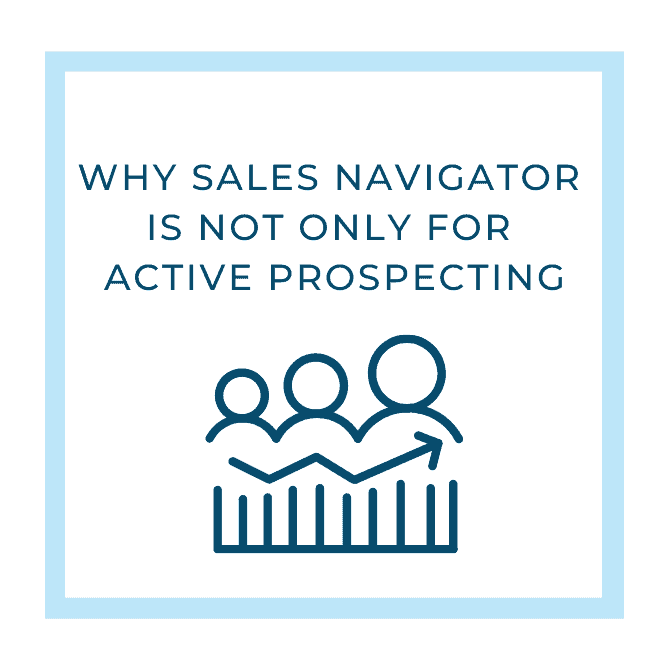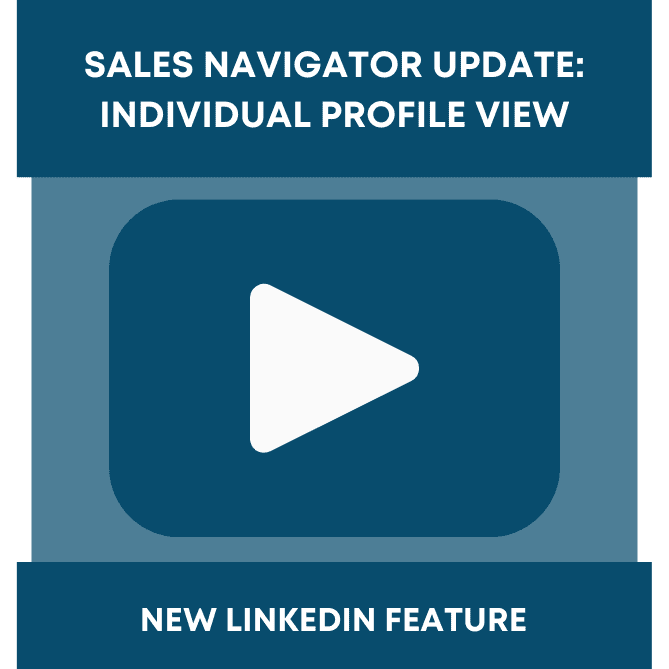Do you download content that makes you think?
I do. While I’m interested in lots of varied information and am a sucker for a good headline, I know that I’ll be dropped into a sales funnel and a salesperson who most likely didn’t look at my LinkedIn profile or website will begin to send me messages that we should talk, view a demo or something else. Sometimes I’m okay with their ongoing emails (I don’t want to digress, let’s save that for another post on content and messaging.)
I’m more careful about the content I download now. The content I do download tends to be more substantial and takes me longer to read or use it. Nonetheless, it’s content I learn and gain value from. It’s content that makes me think and gives me pause for reflection.
When I was gliding through my LinkedIn Home Page the other day, I came across a piece from PI, The Predictive Index titled, “What CEOs really want from consultants” and immediately downloaded it. If you don’t know PI, check them out. If you do, you know they are laser-focused on talent optimization; diagnose, design, hire and inspire.
There are three groups of people that should be interested in this report; CEOs, their leadership team, and consultants.
Several takeaways will likely show you’re not alone in your quest to find new and retain existing talent. Everyone we talk to seems to be in the same boat. It’s the number one thing employers of all sizes are talking about and have been for the last several years.
The more important question is what are you doing about finding and retaining the best talent?
This is when the conversation typically pauses.
The PI study shows that CEOs are looking for more than just traditional management consulting. 49% of CEOs say they’ve opted for a new
There are so many roads I can take just with this one insight from their study. It’s only one of the many insights that I need to dive into and think about. Maybe I’ll do another post on the value of consultants at all.
(If you’re a consultant, you want to download this study and think about your offerings and how they align or differ from what CEOs say is valuable.)
Based on the stats above, here are my takeaways.
Of the 49% of CEOs who opted for a new process or playbook, you deserve congratulations and good work. So many recruiting and hiring procedures are just frankly dated and unappealing. The job description sounds bleak; there’s no sense of the culture, there may be no Careers page on the website, the follow through from what we hear is deafening.
It’s likely this group is at least having a conversation with good people and has an understanding of how to retain people because they value them as people first. Maybe they’re like the CEO I wrote about a few weeks back and have committed to being a Dream Manager.
These CEOs get it and are either forward thinking or trust those that are within their organization.
43% of the CEOs hired a human resources consultant. Good work. Find someone who has the expertise and can help get you further faster. The key here is to find the right human resources consultant. Use your network, yes your LinkedIn network, and ask for a recommendation or do a search and see how you’re connected. Ask your connection about their experience with the said consultant. You get the drift. Interview them and engage the person who can provide the most value to you and your company.
This is where we start to fall off in my humble opinion. 37% of the CEO group purchased a new software or system. One more tool. One more thing. While good in theory here’s why I think buying a new tool or software needs greater discernment. The salespeople selling the software/system/SAAS make it look oh so easy. Press this button, go here, check this, upload that and off you go. See ya!
I know this because we also see this with LinkedIn, especially LinkedIn Recruiter. People call us to say they’ve purchased LinkedIn Recruiter (starting price right around $10k) and they’ve been through the online webinars and have no idea how to use it. LinkedIn Recruiter is a robust product that benefits from a strategy— a person who understands LinkedIn and has a good profile, has time to devote to it every day and tracks their performance to enhance their performance.
The tool, albeit robust, is merely a tool that needs a human to implement. Training is critical when tools and systems are added.
When implemented correctly with a strategy and dedicated driver, the system or software is a game changer. Just need to make sure the horse goes before the cart.
So for some reason, 13% did nothing even though they knew they should have. There’s still hope although it’s not a strategy. When choosing to stay where you are, you need to recognize it will be harder than ever to catch up. Standing still never gets you to the next place. There may be legitimate reasons for the lack of a change; however, I find that year after year they mention they want to do something different; they just don’t. It gets harder with each passing year.
I’m not sure if you identify with one of these four groups or not. Take a moment and reflect on your natural inclinations. Are you adaptive, do you lean toward technology, people or process?
Now, if you need to change up what you’re doing, seek out more information but not too much that it’s immobilizing. Download the study and glean the insight you need to see how you fare among your peers.






